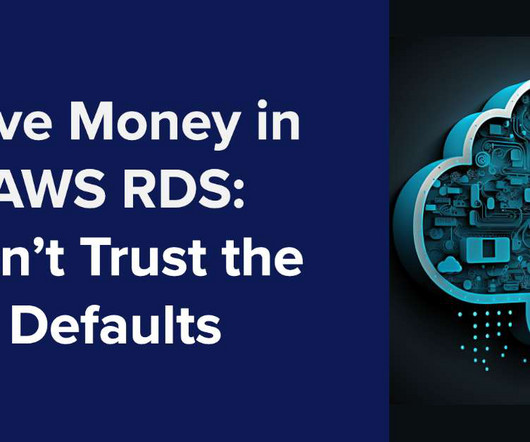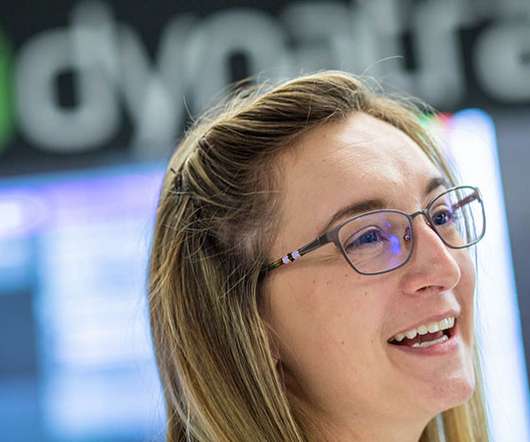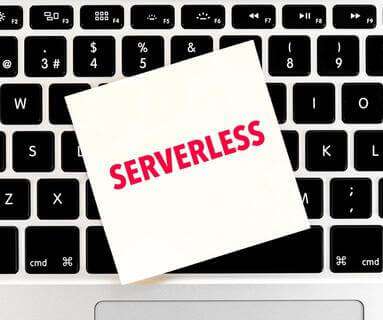Kubernetes vs Docker: What’s the difference?
Dynatrace
SEPTEMBER 29, 2021
If cloud-native technologies and containers are on your radar, you’ve likely encountered Docker and Kubernetes and might be wondering how they relate to each other. This opens the door to auto-scalable applications, which effortlessly matches the demands of rapidly growing and varying user traffic. Dynatrace news. What is Docker?






















Let's personalize your content